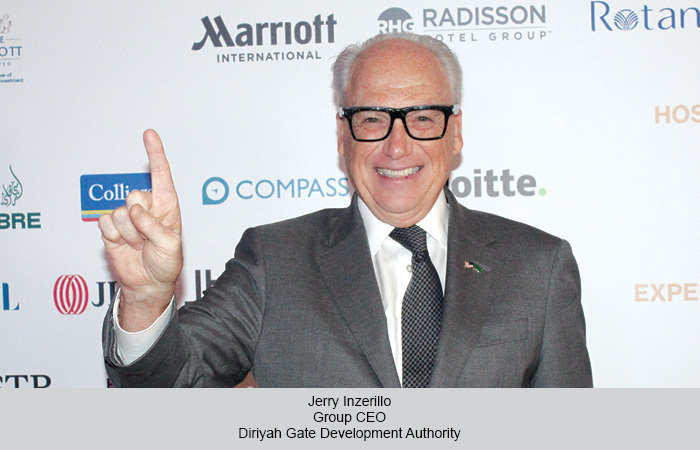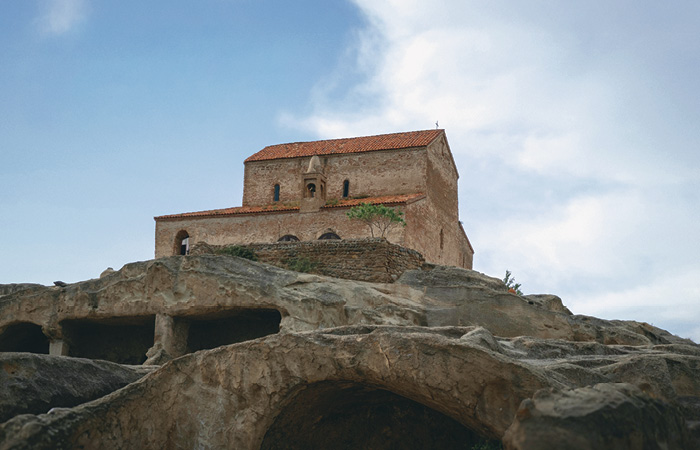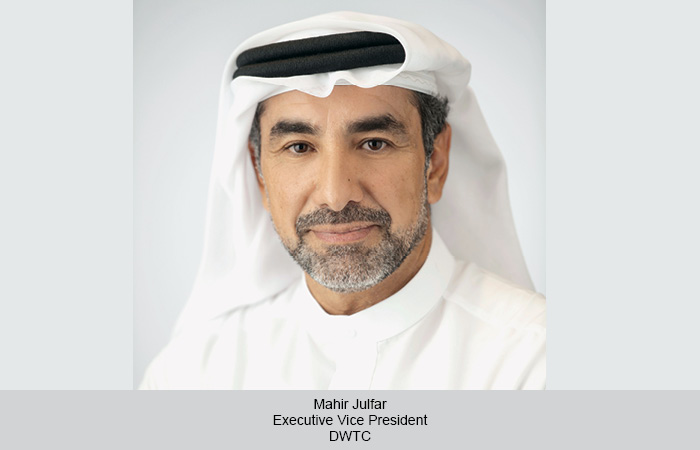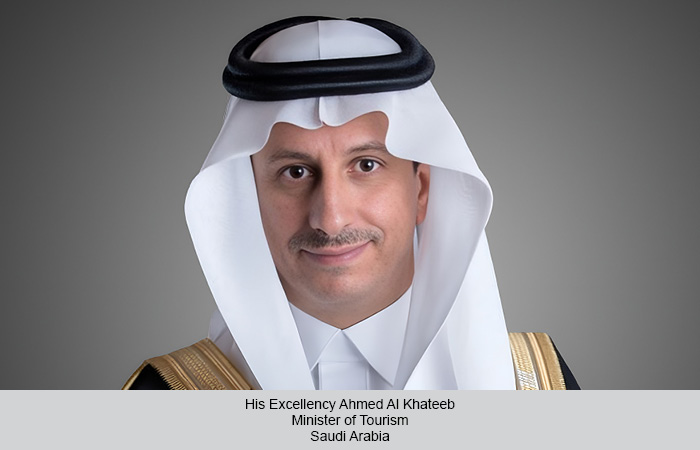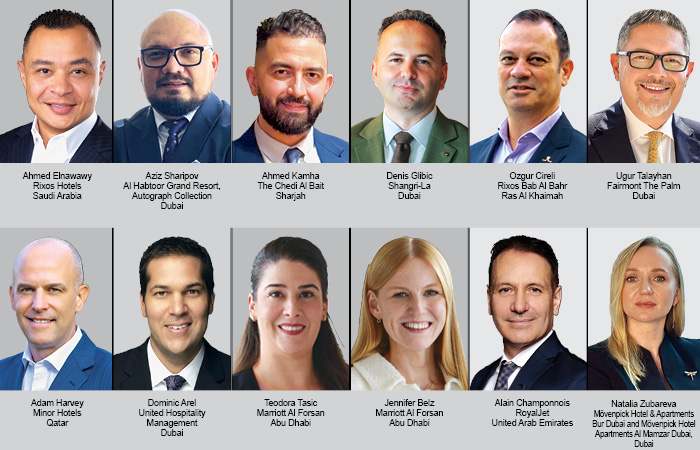Jerry Inzerillo, Group CEO, Diriyah Gate Development Authority, talks about the progress of the $64 billion Diriyah Project with TRAVTALK. With 14 million sq mt of area under development, Diriyah is fast becoming a global cultural and hospitality destination—anchored in heritage, powered by Vision 2030 and to host iconic events like Expo 2030 & 2034 FIFA World Cup.
TT Bureau
“We are seven years in, on time and on budget,” says Jerry Inzerillo, the Group CEO of Diriyah Gate Development Authority, when asked about the progress of the $64 billion Diriyah Project, which aims to transform the historic city of Diriyah into a global cultural, heritage and entertainment destination. “We have already welcomed over three million visitors—while the giga project is still under construction. That is unheard of,” he boasts.
Diriyah’s transformation centres around the historic At-Turaif, a UNESCO World Heritage Site. This revitalised district is surrounded by luxury developments, including 42 hotels—among them are The Ritz-Carlton, Oberoi, Armani and Cheval Blanc. “We just opened the Bab Samhan Hotel under Marriott’s Luxury Collection, with 91 per cent occupancy this month,” he says. “People love it—it’s walkable, it’s authentic, and it’s alive,” he adds.
A cultural heartbeat and culinary haven
The Bejeri district alone attracted 11,000 guests in a single evening. “It’s our cultural heartbeat. We have 20 phenomenal restaurants right next to the heritage site,” informs Inzerillo. Another new attraction is Zallal, a vibrant district in soft opening. “The AOK Café was packed last night. Zallal is beautiful—another reason people are choosing to spend their weekends here,” he smiles. Domestic tourism is thriving. “We are seeing families from Riyadh, tourists from Jeddah, and heavy GCC traffic—Kuwaitis, Qataris, Emiratis, Omanis. It’s wonderful,” he adds.
Eyes on the future: Mega events and Vision 2030
With the 2027 Asian Games, 2029 Asian Winter Games in Neom’s Trojena, Expo 2030, and FIFA World Cup 2034 on the horizon, Inzerillo emphasises that Saudi Arabia is playing the long game. “We hit 100 million visits seven years early. Now the next milestone is 150 million by 2030,” he says. He credits the leadership of Crown Prince Mohammed bin Salman. “The Crown Prince wanted Riyadh to feel emotional. People describe it as magical. It’s the replanting of the wadi, the soft lighting, the organic materials. It feels like it did 300 years ago,” he adds.
Inzerillo concludes with excitement about Saudi Arabia’s 300th anniversary on 22 February 2027, marking the tricentennial of the first Saudi state. “Expect hundreds of cultural activations across the Kingdom. What we are building here is not just infrastructure—it’s identity, it’s legacy, and it’s the future.”
 TravTalk Middle East Online Magazine
TravTalk Middle East Online Magazine
